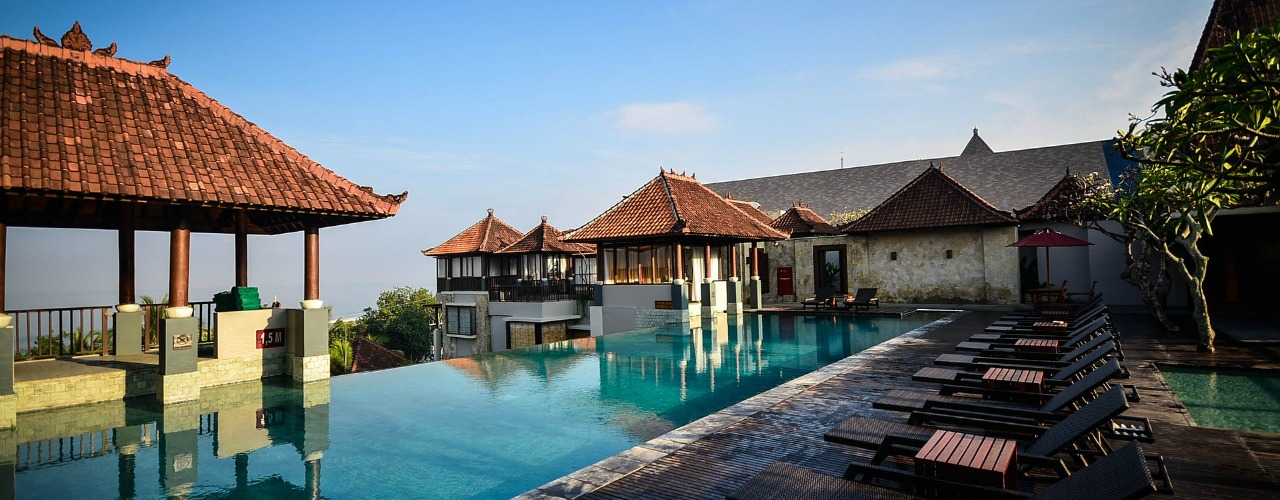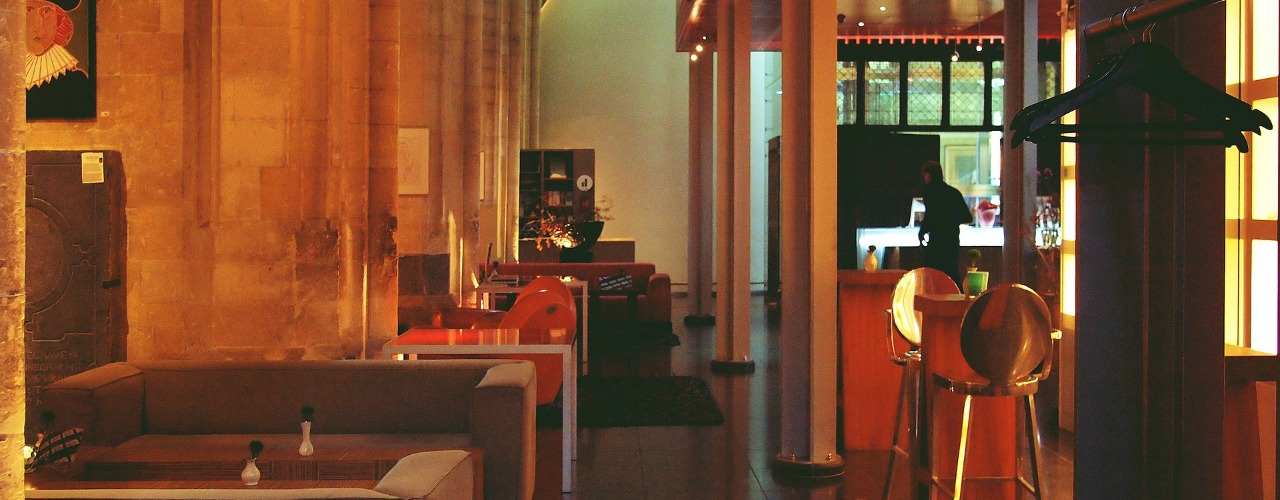Renovating Hotels for the Millennial Traveler

For a generation that’s believed to spend more on avocado toast than on buying a house, travel is more of a necessity rather than a luxury. Millenials are the only generation with an intended travel expenditure, and a 19% increase in their travel spending over the last year.
One of the key reasons why millenials travel is to gain new experiences, and a more intimate interaction with the places they travel to. When they think of travel, they think AirBnB style home stays, rather than cookie-cutter hotel rooms.
And that is the reputation that hotel chains are trying to now grow out of. They also have to move away from marketing just the amenities and start to offer a complete experience. Renovating guest spaces as well as marketing strategies will be necessary, if hotels are to cater to the millenials.
Here’s a look at what they can do:
Incorporating Local Culture

Hotels have to start offering an experience that draws from the location. There is, of course, the introduction of local crafts and materials into the decor. This makes the place less impersonal, and more situated in the destination.
Next, the food and beverages on offer should also reflect the location. A menu that draws from the local cuisine, and uses local ingredients, is a great way to encourage guests to dine-in. This also invites the local population into the hotel restaurants and bars, creating opportunities for guests to interact with the locals, without them having to leave the premises.
Designing destination specific experiences in collaboration with the local population is another way to engage the millennial traveler. Sessions and workshops that allow them to try their hand at local crafts, walks that take them through the history and culture of the place, are all great options. While these services would already be on offer by independent vendors, collaborating and bringing them in-house could be a new source of revenue. And millennials are more likely to recommend a hotel if it’s a place that offers more than just amenities.
Re-designing Shared Spaces

Hotel lobbies, bars, and restaurant have traditionally been seen as just a place to hold the guests till they can get back to their rooms. But re-inventing these spaces are becoming a key priority for hotels.
The first step is to make the spaces look warm and friendly. Open plans, cafe-style seating, and introduction of greenery and natural light can make these spaces more inviting. These spaces, especially the bars and restaurants, should also be projected as a space for entertainment and networking, encouraging guests to spend time here. A lot of hotels are also offering co-working spaces tucked into their lobbies, for those who want to catch up on work.
The Ritz Carlton, Philadelphia is a great example of this. They have a centrally located bar in their lobby, with the rest of the seating spreading out from there. The space is designed to encourage conversations among the guests, making the lobby more of a hang-out zone, rather than just a seating area.
Adaptive Reuse

Hotel chains that can reclaim and renovate historic buildings stand to gain some serious benefits. A lot these building are centrally located in busy neighbourhood, and are great locations for hospitality projects. More importantly, living in a hotel that has adapted to a building meant for a different purpose has a unique appeal for millennials, counting as an experience in itself.
Adaptive reuse projects are not easy to pull off, and often require modern furnishing and fixtures, and intelligent tweaks to introduce HVAC and electrical systems. Updates to the color palette and upholstery are also needed. However, the business generated due to the novelty factor is likely to make it worth the effort.
Market to Millennials

If millennials are looking for an experience, then you have to sell them the experience. Operational practices like sustainable architecture, farm-to-table meals, roof-top kitchen gardens, and guided walks through the destination could become key pegs of your marketing.
Established hotel brands are now heavily advertising these practices, like meals from Waldorf Astoria’s rooftop garden. However, they are also opening up small, boutique-style places, that incorporate one or more of these practices as their USP, advertising themselves as “lifestyle hotels” where the entire stay is an experience unto itself.
Millennials are the biggest customer segment for the hospitality industry and hotels have to reinvent themselves if they are to stay relevant for this segment. And while the physical renovation is a big chunk of this, they also need to re-imagine the services they offer, in order to cater to the millennial search for “experiences”.